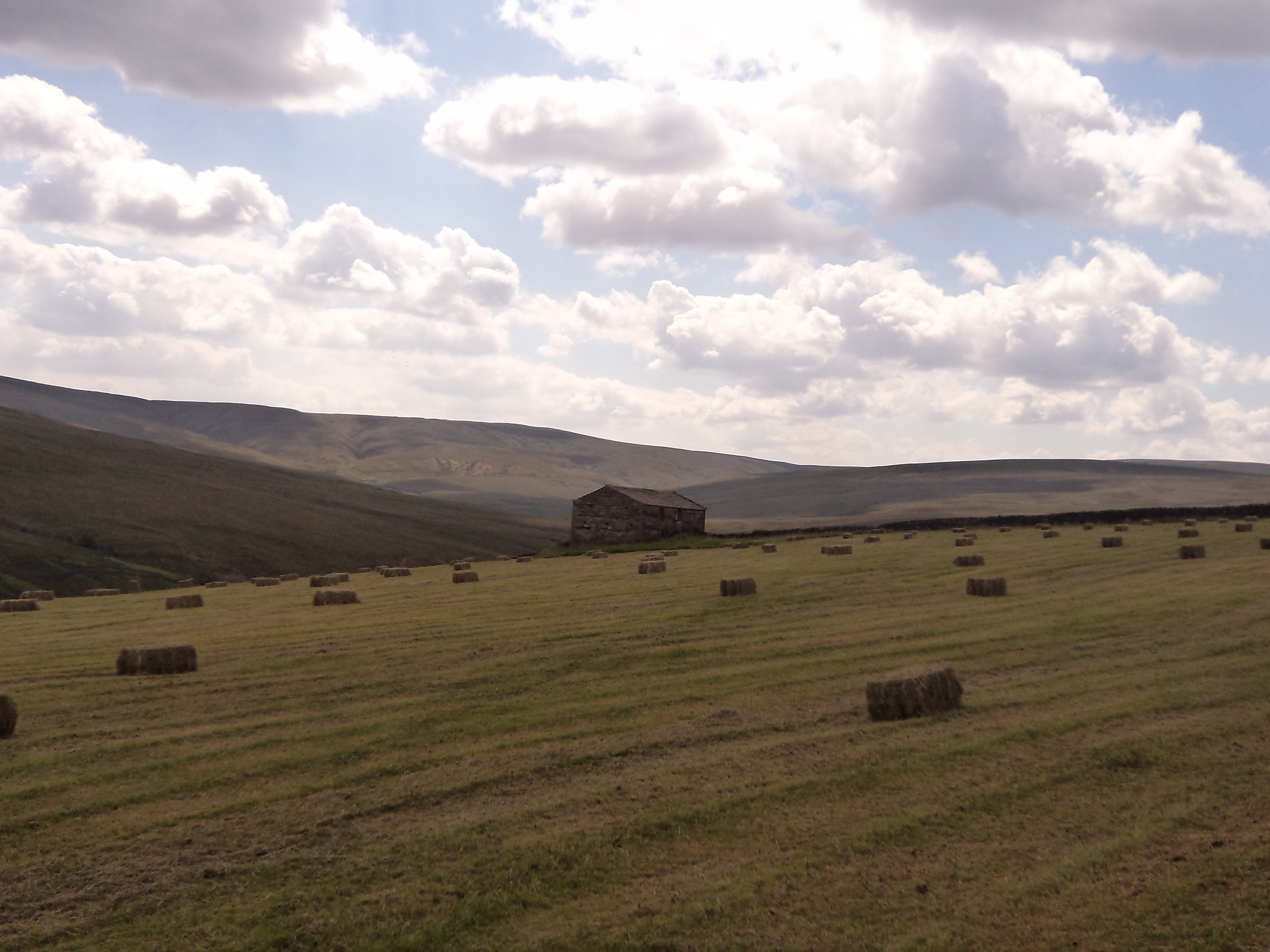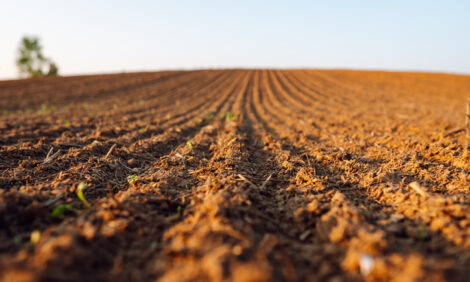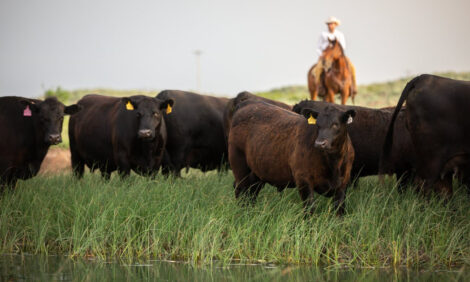



Sustainable Beef: Using Cattle to Manage National Parks
UK - Introducing cattle onto areas of upland Britain to manage rough acid allotment has become increasingly popular, as the notion of sustainable and traditional beef grazing has developed with both policy makers and consumers.But with unproductive land, cold winters and national park restrictions, the uplands regions are traditionally viewed as a breeding as opposed to a beef finishing landscape.
Some farmers rent land to fatten stock in the lowlands but, for many this is not practical.
Consequently, European and UK funding serves to support marginal beef systems rearing hardy stock with rare genetics and maintaining farmland which is valued for ecological attributes rather than production.
This is done through low stocking rates that allow smaller herds to graze from May until as late as January, without the use of fertilisers and pesticides.
One such example is the Limestone Country Project (LCP), a five year conservation and rural regeneration programme started in 2002.
*
“Where native breeds come into their own is in the uplands, they can survive the harsh winter conditions and provide the grazing mechanism that breaks up areas of land.”
A major part of the LCP was to assist farmers in introducing native cattle such as Blue Grey and Longhorn to upland pastures to control rank, dead grasses.
It aided farmers in rebuilding after the horrors of the 2001 Foot and Mouth disease outbreak, leaving a legacy that can be seen today as cattle still graze the hills.
Involved in leading the programme was Louise Smith, currently a grazing specialist at Natural England – the organisation responsible for delivering government subsidised agri-environment schemes in the UK.
Sheep dominate farming in the upland Pennines due to their hardiness but Louise Smith says that uptake of beef cattle on Yorkshire farms is necessary due to the benefits they bring through their heavy grazing mechanism.
Over the five years of the LCP, Mrs Smith observed cattle control dominant upland grasses such as Molinia and Tufted Hair Grass, which are largely unpalatable to sheep.
Once defeated, a wider variety of plant life broke through the sward the following spring, increasing habitat biodiversity.
They learned that Molinia control was best managed in May or June, when the plant is green.
Contrastingly, Tufted hair grass control was found to be easiest in autumn and winter. This is why Mrs Smith is such an advocate of hardy native breeds, as they have a longer grazing season.
“Where native breeds come into their own is in the uplands,” explains Mrs Smith. “They can survive the harsh winter conditions and provide the grazing mechanism that breaks up areas of land that have been dominated by rank, dead grasses which sheep leave alone.”
But, the benefits of outdoor cattle did not stop at the environment.
Farmers soon learned that opting for Galloway or Dexter over more productive continental breeds meant lower costs, which countered lower returns at market.
“With lower bedding and straw costs through the autumn and a lower pneumonia risk from having fewer housed cattle, farmers learned that these tough breeds were cheap to keep,” explains Mrs Smith.
Moreover, concerns about poaching are unfounded as these breeds are smaller and lighter, leaving less ground indentation in winter.
In fact, hooves were used for further ecological gain.
Mrs Smith urged farmers, when winter feeding, to place supplement fodder on bracken patches. This also spared good ground from high stocking at feeding times.
Land managers understand that high input, intense systems will not maintain the countryside in National Parks.
Furthermore, cow hooves combine with the pulling action of the grazing to create a tussocky sward structure.
“Sheep leave a more uniform, closely cropped sward which combines with the varied levels of cattle grazing to leave a pasture suitable for invertebrates, broad leaved herbs and ground-nesting birds,” says Mrs Smith. “Studies have been done that suggest any cattle are good cattle to have on the hills, whether native or continental - like Belgian Blue or Limousin.
“Plants like Yellow Rattle in the northern dales and Blue Moor Grass and Violets around Limestone areas have been able to thrive due to grazing practices used in the Limestone Project.”
“Insects also live around the cattle dung, and Snipe, Golden Plover and Curlew have an ideal nesting habitat where the grass sward is longer.”
Some results from the project prompted the Entry Level Stewardship schemes run by Natural England, now operating over half of UK farmland.
Since formation in 2006, Natural England has emphasised low stocking rates as a route to sustainable meat production.
Mrs Smith says that lower stocking rates mean less need to use herbicides and fertilisers which lower production costs.
Natural England farm adviser, Pippa Merricks says that the greatest conservation successes of Natural England are achieved by turning a back on progressive farming and allowing the uplands to be farmed the same way it has been for decades.
“The success has been found in stemming the tide of agricultural improvement rather than specific on farm effects,” says Mrs Merricks.
“Generally, increasing fertiliser use, stocking density and, by extension, productivity from the land, has pushed the countryside in the wrong direction in terms of what Natural England wants to see in terms of scientific and wildlife interests.”
But as Common Agriculture Policy reform looks to tighten subsidy payments, Mrs Merricks says that farm schemes will shift from the blanket, cover-all schemes of the past to more specific and targeted management options, tailored for rarer and more important areas of farmland.
As farmers adjust to a more frugal CAP support system, Mrs Merricks fears that farmers will revert to intense methods on the less environmentally sensitive parts of the farm.
This, she concludes, would risk jeopardising over thirty years of stewardship work in Britain and the habitat that makes the Pennines so worth preserving in the first place.
Michael Priestley
News Team - Editor
Mainly production and market stories on ruminants sector. Works closely with sustainability consultants at FAI Farms




